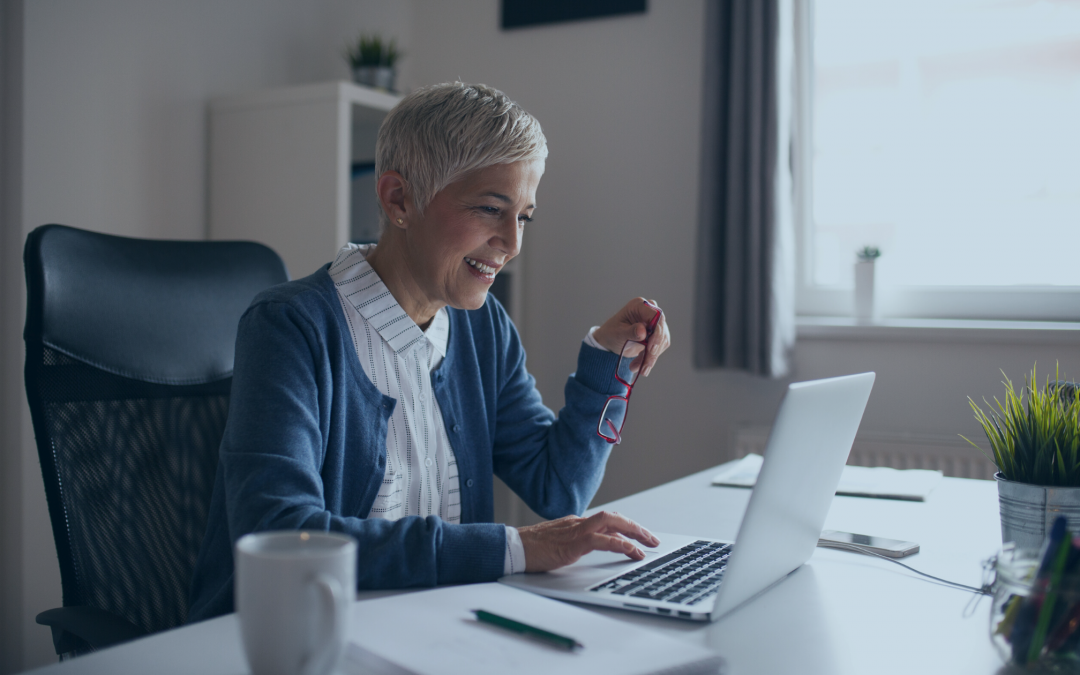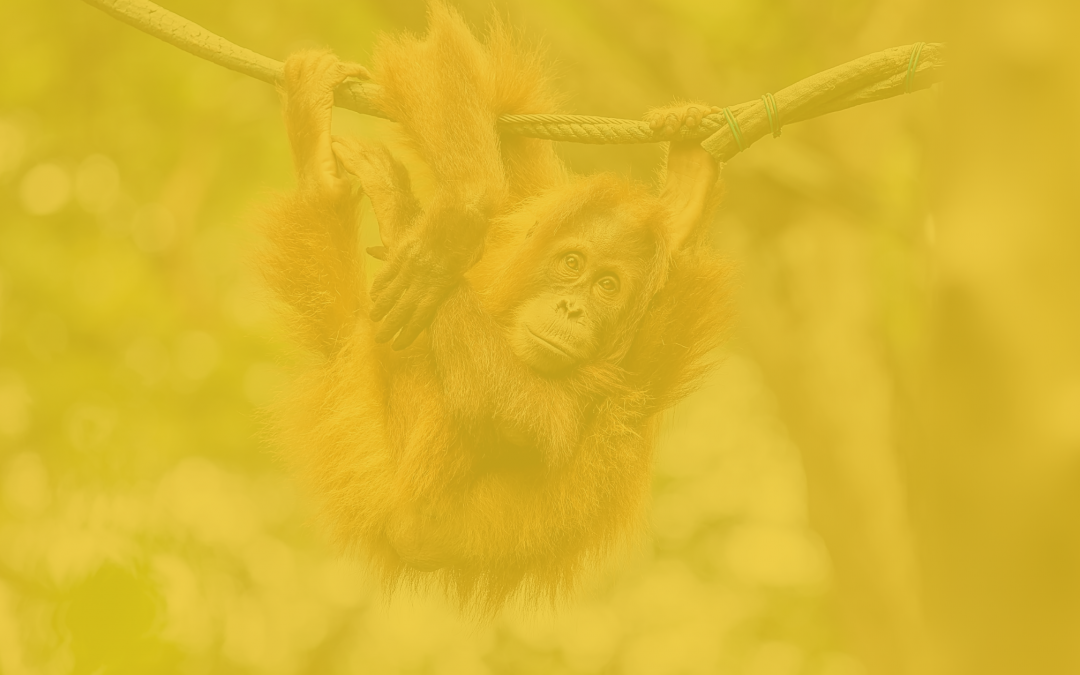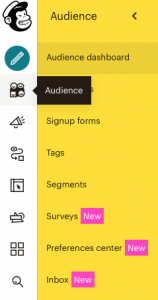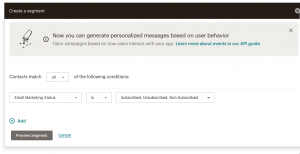
3 Things Remote Business Owners Need in a Home Office
Being a business owner is no easy feat in regular circumstances, but owning and managing an enterprise remotely in a global pandemic presents more of a challenge. Thus, it has become necessary for business owners to draw the line between their work and personal lives, or else, their businesses will not run smoothly. To do that, it’s important to have a proper home office setup.
In case you are wondering what you need for a home office of your own, here is a list.
Computer
A reliable computer is definitely a necessity for your productivity and communication with employees. The question is, what type of computer should you purchase?
Well, the answer to that depends on what you want to achieve out of your computer. Desktop computers provide stability and focus, but they can cause feelings of confinement over time. On the other hand, laptops give you flexibility, but they can bring distractions while working.
Apart from thinking about your workspace situation, you also have to weigh your options based on the tools you need for your business operations, like Dropbox, Asana, and Adobe Photoshop. Check the specs of the CPU of the computer you are eyeing. For most work tasks, Intel Core i3 and i5 may be perfect, but if you are foreseeing demanding tasks for your computer, you may opt for a Core i7 processor. Also, be sure to factor in the computer’s storage capacity, so that your productivity will not be interrupted. Aim for those with at least 4GB RAM and 256GB HDD and SSD. Lastly, look for a computer with a battery life that can support your day-to-day operations.
Remember, the higher the specs, the more optimised the motherboard’s layout is. In fact, you’ll find that high-end motherboards are almost exclusively made with elements from a high-speed PCB taken into account. More performance and durable operations can be expected when you have components that can easily switch and send signals from one pin to another. With this rapid functionality, you lose a lot of the unnecessary fluff and minimise latency issues. Essentially, this prolongs the lifespan of your computer. This has also helped lower the cost of production of most electronic devices, which is why a lot of great computer models are becoming more affordable. Some of these are the Lenovo ThinkPad X1 Carbon Gen 8 Laptop, Apple MacBook Pro, Lenovo ThinkCentre M900, and HP ProDesk 400 G4 Tower.
Desk and Chair
Working from home, although mostly comfortable, can also be harmful to your health, especially if you do not use ergonomically correct desks and chairs.
Pick out a chair with adjustable lumbar support and height, seat cushioning, and armrests. Also, select a desk that is tall enough to be parallel with your elbows, so you can maintain good posture all throughout the work day. If possible, avoid those desks with drawers in front and sharp edges to ensure legroom and prevent stress on your wrists and forearms. Additionally, consider a sit-stand desk, as sitting all day can result in major health problems later on.
File Storage Cabinet
While most organisations are going paperless now, there are still hard-copy documents that should be saved. You can do that by selecting a file cabinet that can easily be organised and is sturdy and secure enough to survive in case of unfortunate circumstances. Of course, you can add a bookshelf to store books, pens, sticky notes, stacks of paper, and other supplies that you might need or simply want to display for a cosy home office environment.
Successfully owning and managing a business from the comfort of your home sounds like a dream come true for most entrepreneurs, but if you do not have the appropriate tools to aid you in your endeavour, your productivity and health can be affected. So, be sure to get these essentials to ensure the success of your business, even while working remotely.






















